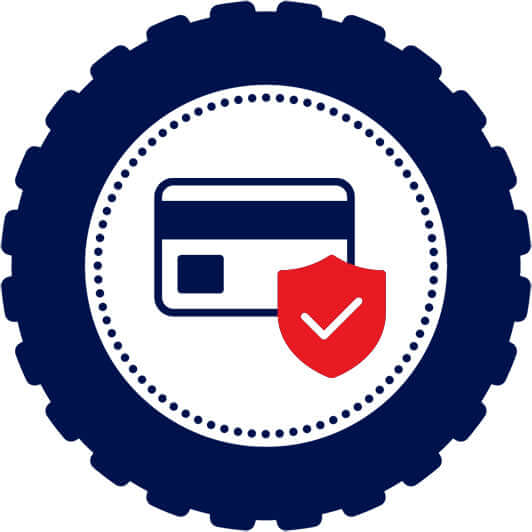For individuals with limited mobility, the availability of mobility scooters has been a game-changer, providing freedom and independence to navigate through various environments. Whether it's for daily use or travel, having a mobility scooter that meets airline regulations is essential for those who wish to explore new destinations without limitations. In this blog post, we will guide you on how to identify mobility scooters that are approved for airline travel, ensuring a hassle-free journey.
Check Airline Policies:
Before diving into the specifics of mobility scooter models, it's crucial to understand the regulations set by different airlines. Each airline may have its own policies regarding mobility scooters, including size restrictions, battery requirements, and documentation needed. Visit the airline's official website or contact their customer service to obtain accurate information about their mobility scooter guidelines.
Portable and Lightweight Design:
Mobility scooters approved for airline travel typically have a portable and lightweight design. Look for scooters that are specifically marketed as travel-friendly or foldable models. These scooters are often designed to be compact and easily disassembled for convenient transportation and storage. Check the weight and dimensions of the scooter to ensure it complies with the airline's requirements.
Battery Specifications:
Battery specifications are a crucial aspect when considering a mobility scooter for airline travel. Airlines typically have regulations in place to ensure the safe transportation of batteries. Two main types of batteries are commonly used in mobility scooters: lead-acid batteries and lithium-ion batteries.
Lead-Acid Batteries: These batteries are heavier and often found in older mobility scooter models. They are generally not allowed for airline travel due to safety concerns.
Lithium-Ion Batteries: Lithium-ion batteries are lighter and more commonly used in modern mobility scooters. They are generally allowed for airline travel but may have specific requirements. Ensure that the scooter's battery is within the allowed capacity (usually between 100-300 Wh) and that it is removable, as most airlines require the battery to be taken on board rather than checked-in.
Certification and Compliance:
Look for mobility scooters that meet specific certification standards and compliance requirements. The most common certification for mobility scooters is the "UN 38.3" certification, which verifies the safety and transportation standards for lithium-ion batteries. This certification ensures that the scooter's battery has undergone rigorous testing for safety and can be safely transported on an airplane. Additionally, compliance with international standards such as ISO 7176 can provide further assurance of quality and safety.
Additional Features and Accessories:
While not directly related to airline travel approval, considering additional features and accessories can enhance your overall travel experience. Look for scooters that offer comfortable seating, adjustable armrests, and adequate storage for personal belongings. Some scooters may also include features like suspension systems, LED lighting, or foldable baskets, making them more versatile and convenient for both travel and everyday use.
Choosing the right mobility scooter approved for airline travel is essential for individuals with limited mobility who wish to explore the world. By considering factors such as airline policies, portable design, battery specifications, certification, and compliance, you can ensure a smooth and hassle-free travel experience. Remember to always check with the airline for the most up-to-date guidelines and consult with mobility scooter retailers or manufacturers to find the perfect scooter that meets your specific needs. With the right mobility scooter, you can embark on new adventures with confidence and independence.






